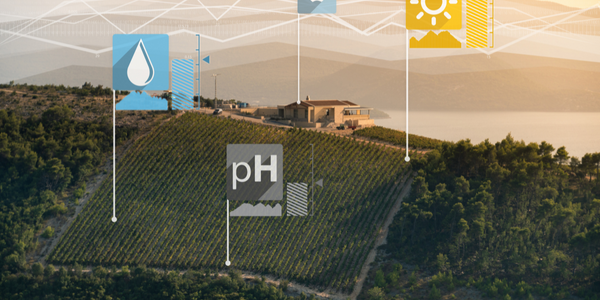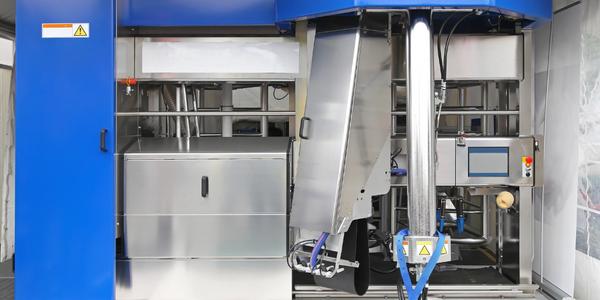Technology Category
- Functional Applications - Fleet Management Systems (FMS)
- Robots - Autonomous Guided Vehicles (AGV)
Applicable Industries
- Agriculture
- Transportation
Applicable Functions
- Maintenance
- Quality Assurance
Use Cases
- Indoor Positioning Systems
- Onsite Human Safety Management
Services
- Testing & Certification
About The Customer
Interstate Power Systems (IPS) is a division of Interstate Companies Inc., a company that operates in 14 states with 44 locations. IPS is the largest of the five divisions and employs 816 people, including 794 registered drivers who operate its 336 vehicles equipped with Motive technology. The company offers high-quality services and products for physical industries such as mining, energy, agriculture, construction, and marine. The company's safety manager, Bill Boyle, has over 40 years of experience in safety and risk management.
The Challenge
Interstate Power Systems (IPS), a company that sells high-quality services and products for physical industries, was facing a significant challenge in terms of fleet safety. The company was spending a large amount of money on an external safety consulting agency that was only storing driver files, rather than helping the company improve its safety measures. The company's safety manager, Bill Boyle, recognized the need for a better fleet safety solution. The challenge was further compounded by the Department of Transportation's Federal ELD mandate, which made it crucial for IPS to find a solution that not only improved fleet safety practices but also ensured compliance with DOT regulations.
The Solution
IPS turned to Motive's IoT solutions to address its fleet safety challenges. The company started using the Motive Vehicle Gateway to access the Safety Hub for information on harsh driving and speeding, as well as Geofences to track and get alerts for unauthorized use of vehicles. IPS is also considering the use of the Motive AI Dashcam to detect unsafe driving behaviors such as cell phone use and close following. This would enable the team to use automated coaching, scoring, and reporting to identify ways to reduce driver risk and coach them to become safer. Additionally, IPS uses the Motive Compliance solution to optimize drive time and minimize violations. The Motive Driver App allows drivers to easily complete logs and inspection reports, avoid HOS violations, and transmit ELD output files for roadside inspections.
Operational Impact
Quantitative Benefit

Case Study missing?
Start adding your own!
Register with your work email and create a new case study profile for your business.
Related Case Studies.

Case Study
Intelligent Farming with ThingWorx Analytics
Z Farms was facing three challenges: costly irrigation systems with water as a limited resource, narrow optimal ranges of soil moisture for growth with difficult maintenance and farm operators could not simply turn on irrigation systems like a faucet.

Case Study
Airport SCADA Systems Improve Service Levels
Modern airports are one of the busiest environments on Earth and rely on process automation equipment to ensure service operators achieve their KPIs. Increasingly airport SCADA systems are being used to control all aspects of the operation and associated facilities. This is because unplanned system downtime can cost dearly, both in terms of reduced revenues and the associated loss of customer satisfaction due to inevitable travel inconvenience and disruption.

Case Study
IoT-based Fleet Intelligence Innovation
Speed to market is precious for DRVR, a rapidly growing start-up company. With a business model dependent on reliable mobile data, managers were spending their lives trying to negotiate data roaming deals with mobile network operators in different countries. And, even then, service quality was a constant concern.

Case Study
Digitize Railway with Deutsche Bahn
To reduce maintenance costs and delay-causing failures for Deutsche Bahn. They need manual measurements by a position measurement system based on custom-made MEMS sensor clusters, which allow autonomous and continuous monitoring with wireless data transmission and long battery. They were looking for data pre-processing solution in the sensor and machine learning algorithms in the cloud so as to detect critical wear.









